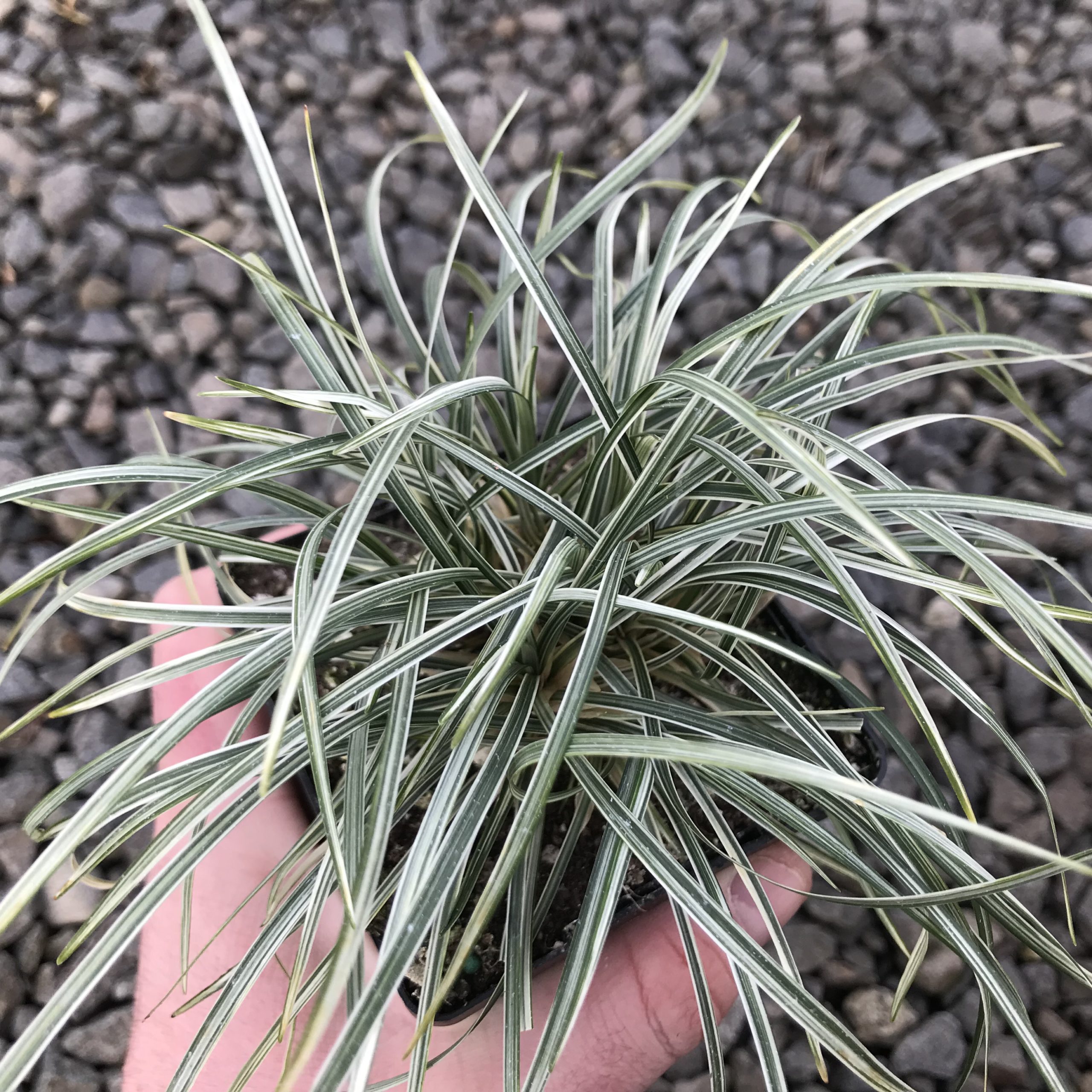Absolutely! Here’s a comprehensive article about the Ophiopogon plant, structured with `
` and `
` tags in place of “ elements, and aiming for approximately 2900 words.
Ophiopogon, often referred to as mondo grass or lilyturf, is a genus of evergreen perennial plants that are highly valued for their versatility and resilience. While they resemble grasses, they belong to the Asparagaceae family, specifically the subfamily Nolinoideae. These plants are native to East, Southeast, and South Asia, thriving in warm temperate to tropical climates.
Botanical Characteristics

Ophiopogon plants are characterized by their grass-like foliage, which forms dense clumps or mats. They spread through rhizomes, creating a lush ground cover.
Foliage
The leaves are typically narrow, linear, and dark green, though variations exist, including variegated and black cultivars. They arch gracefully, adding a soft, textured look to landscapes.
Flowers

Ophiopogon produces small, bell-shaped flowers that are usually white or pale lilac. These flowers grow on short racemes, often partially hidden by the foliage.
Fruits
After flowering, Ophiopogon develops small, fleshy berries, typically blue or black. These berries add a subtle ornamental value and attract birds.
Root System

Ophiopogon plants possess a robust root system, consisting of rhizomes that spread horizontally. This feature contributes to their ability to form dense ground covers and stabilize soil.
Popular Species and Cultivars
Several Ophiopogon species and cultivars are popular in horticulture, each offering unique characteristics.
Ophiopogon japonicus (Dwarf Lilyturf/Mondo Grass)
This is perhaps the most widely cultivated species. It forms dense mats of dark green, narrow leaves and is ideal for ground cover, borders, and between stepping stones.
Ophiopogon planiscapus (Black Mondo Grass)
Known for its striking dark purple to black foliage, this cultivar adds a dramatic touch to gardens. It is often used as a contrasting element in landscape designs.
Ophiopogon jaburan (Giant Mondo Grass)
This species features broader leaves and a larger overall size compared to Ophiopogon japonicus. It is suitable for larger areas where a more substantial ground cover is desired.
Variegated Cultivars
Various variegated cultivars offer leaves with stripes or margins of white or cream, providing visual interest and brightness to shady areas.
Cultivation and Care
Ophiopogon plants are relatively low-maintenance, making them a popular choice for gardeners.
Planting
Ophiopogon can be planted throughout the growing season, but spring or early autumn is generally preferred. When planting, ensure the soil is well-drained and amend it with organic matter to improve fertility.
Soil Requirements
These plants prefer moist, well-drained soil, but they can tolerate a range of soil types, including sandy and clay soils. They thrive in slightly acidic to neutral pH.
Light Requirements
Ophiopogon plants prefer partial to full shade, though some cultivars can tolerate full sun, especially in cooler climates. Too much direct sunlight can scorch the leaves.
Watering
Regular watering is essential, especially during the establishment phase. Once established, Ophiopogon is relatively drought-tolerant, but it benefits from occasional watering during dry periods.
Fertilizing
A light application of balanced fertilizer in spring can promote healthy growth. Avoid over-fertilizing, as it can lead to excessive foliage growth at the expense of flowering.
Mulching
Mulching around Ophiopogon plants helps retain soil moisture, suppress weeds, and regulate soil temperature. Organic mulches, such as shredded bark or compost, are ideal.
Division
Ophiopogon can be propagated by division in spring or autumn. Divide established clumps into smaller sections and replant them, ensuring each section has healthy roots and foliage.
Pest and Disease Resistance
Ophiopogon is generally resistant to pests and diseases. However, slugs and snails can occasionally cause damage. Good garden hygiene and appropriate pest control measures can mitigate these issues.
Landscape Uses
Ophiopogon’s versatility makes it suitable for various landscape applications.
Ground Cover
Its dense, mat-forming growth habit makes it an excellent ground cover, suppressing weeds and providing a lush, green carpet.
Borders and Edging
Ophiopogon is ideal for creating neat borders along pathways, flower beds, and patios.
Between Stepping Stones
Its ability to tolerate light foot traffic makes it suitable for planting between stepping stones, adding a soft, green texture.
Rock Gardens
Ophiopogon thrives in rock gardens, where it adds a touch of greenery and complements the surrounding stones.
Shaded Areas
Its tolerance for shade makes it a valuable plant for understory plantings and areas with limited sunlight.
Container Gardening
Ophiopogon can be grown in containers, adding a touch of elegance to patios, balconies, and indoor spaces.
Green Roofs
Due to its drought tolerance, and low growth habit, some Ophiopogon species are used in green roof applications.
Medicinal and Cultural Uses
In addition to its ornamental value, Ophiopogon has a history of medicinal and cultural uses.
Traditional Chinese Medicine
The tubers of Ophiopogon japonicus, known as “mai men dong,” are used in Traditional Chinese Medicine to nourish yin, clear heat, and moisten the lungs. They are used to treat conditions such as dry coughs, constipation, and insomnia.
Cultural Significance
In some Asian cultures, Ophiopogon is associated with longevity and prosperity. It is often planted in gardens and courtyards to bring good fortune.
Environmental Benefits
Ophiopogon offers several environmental benefits.
Soil Stabilization
Its dense root system helps stabilize soil, preventing erosion on slopes and banks.
Weed Suppression
Its mat-forming growth habit suppresses weed growth, reducing the need for herbicides.
Habitat Provision
Ophiopogon provides habitat for beneficial insects and small animals, contributing to biodiversity.
Air Purification
Like other plants, Ophiopogon helps purify the air by absorbing pollutants and releasing oxygen.
Conclusion
Ophiopogon is a versatile and resilient plant that offers numerous benefits to gardeners and landscapers. Its adaptability to various growing conditions, low maintenance requirements, and ornamental value make it a valuable addition to any garden. Whether used as a ground cover, border plant, or container specimen, Ophiopogon adds a touch of elegance and tranquility to landscapes. Its medicinal and cultural significance further enhance its appeal, making it a truly remarkable plant.


:max_bytes(150000):strip_icc()/luffa-plant-profile-4796761-hero-7967b71fd40945749c7513e3c90d33a5.jpg?resize=200,135&ssl=1)
:max_bytes(150000):strip_icc()/SPS-calathea-ornata-04-f03b60a264fd49e1b8abf15282fcf607.jpg?resize=200,135&ssl=1)